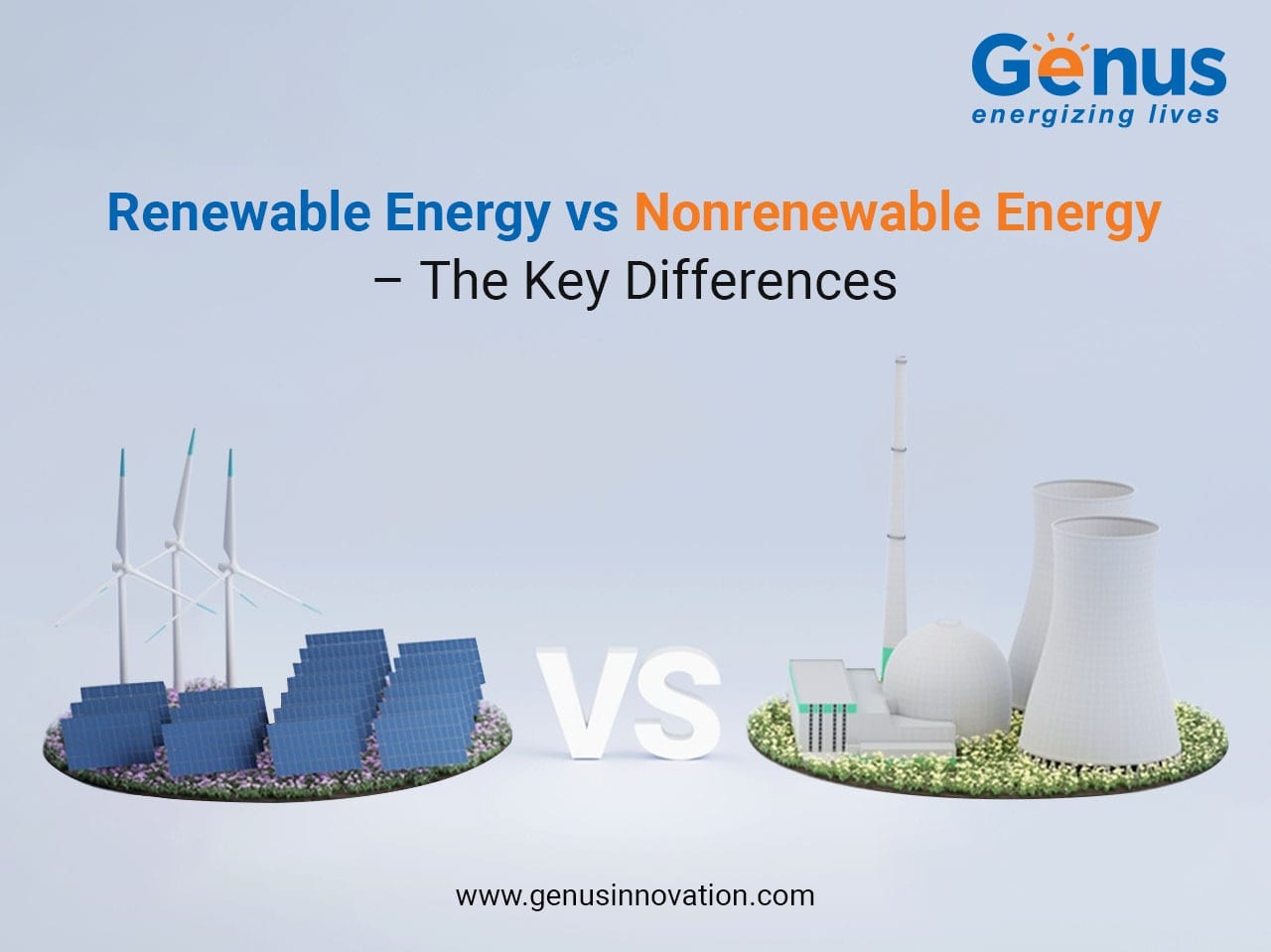Renewable energy, clean energy, and sustainable energy—these are just a few of the many terms used to describe the same concept: energy derived from sources that naturally replenish over time. The variety of names reflects the growing global awareness of the importance of transitioning to these energy sources. To fully understand their significance, it's essential to grasp the key differences between **renewable energy vs. nonrenewable energy**.
Here are some important distinctions:

### What Are Renewable Energy Resources?
Renewable energy comes from natural processes that are constantly replenished. These include solar, wind, hydro, geothermal, and biomass energy. Unlike fossil fuels, renewable resources are not depleted with use. For example, sunlight is available every day, and wind is always present in some form.
One of the most popular forms of renewable energy is solar power. With advancements in technology, solar panels and **solar charge controllers** have become more efficient and accessible, making solar energy a practical choice for both homes and businesses.
### What Are Non-Renewable Energy Resources?
Non-renewable energy sources are those that take millions of years to form and can't be easily replaced once they're used up. Fossil fuels such as coal, oil, and natural gas fall into this category. They are finite and, once consumed, cannot be regenerated within a human timescale.
These resources have powered the world for centuries, but their limited availability and environmental impact have raised concerns about long-term sustainability.
### Renewable Energy vs. Nonrenewable Energy
Let’s break down the main differences between **renewable energy vs. nonrenewable energy**:
#### Environmental Impact
Renewable energy sources generally have a much lower environmental impact. Solar and wind energy, for instance, produce little to no greenhouse gases during operation. This makes them cleaner and safer for the planet.
In contrast, burning fossil fuels releases large amounts of carbon dioxide and other harmful pollutants, contributing to climate change and air pollution. Choosing renewable energy helps reduce your carbon footprint and supports a healthier environment.
#### Cost
The initial cost of setting up renewable energy systems can be higher than that of traditional energy sources. However, over time, the operational and maintenance costs of renewables tend to be much lower. Plus, with continuous technological improvements, the price of solar panels, **solar batteries**, and related equipment is steadily decreasing.
At Genus Innovation, we offer competitive **solar battery prices** and high-quality products to help you make the switch to clean energy smoothly.
#### Time to Replenish
One of the biggest drawbacks of nonrenewable energy is how long it takes for these resources to form. Coal and oil, for example, take thousands of years to develop. We are using them at a rate far faster than they can be replaced.
Renewable energy, on the other hand, is virtually inexhaustible. Sunlight, wind, and water are all abundant and available globally, making them a more reliable and sustainable option for the future.
### Wrapping Up
While the upfront investment in renewable energy may seem high, the long-term benefits—both financially and environmentally—are undeniable. As the world moves toward a greener future, adopting renewable energy solutions is not just smart—it's necessary.
If you're considering making the switch, Genus Innovation is here to help. From **tubular batteries** to **solar charge controllers**, we provide top-tier products to support your transition to sustainable energy. **Connect with us today** and take the first step toward a cleaner, brighter future.
special steel,steel specialties,specialty steel
Jiangyou ChongxinSpecial Metal Materials Co., Ltd. , https://www.zhongxindiesteel.com
